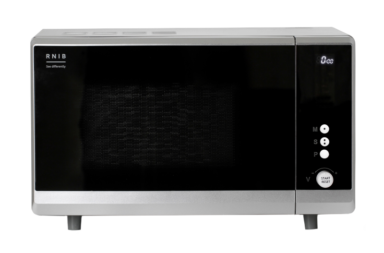A universal home is one that can be enjoyed by anyone, regardless of their mobility level or disability. Whether it’s looking after elderly parents, caring for a loved one or being disabled yourself, you should ensure your home is comfortable for all.
Fortunately, creating a universal design in your home isn’t too expensive or time-consuming and can be done by making some relatively small changes throughout the home.
Limiting steps
Steps into and out of the home are one of the most common problems for those that suffer from mobility impairments. Installing a ramp is a far safer and more accessible way to provide entry to your home. If cost is a concern, purchase a temporary ramp. However, a permanent investment in a concrete ramp will pay off in the long-term.
Rails and Support
One of the key elements of universal design is the application of safety rails and grab rails. Essential for those with poor mobility, handrails should run throughout your home and can be installed relatively cheaply. As a short term measure, ensure there are waist-height tables in rooms to provide a leaning point where necessary.
Stairs
While entry steps are a real problem, the largest problem in most homes is the staircase. Those in wheelchairs and with poor mobility should never be expected to tackle the stairs. Depending on your needs and budget, a home stairlift from the likes of TK Encasa will provide an easy route up and down the stairs.
If you’ve recently become a carer for someone in your family who is disabled, a stairlift can help them regain their independence.
Individual rooms
Consider tweaking each room to make them accessible for all. To begin, as yourself: “If I struggled to get around, could I use this?”
In the kitchen, you may need to lower worktops to make them easier to reach and also turn all taps to lever handles which are easier to operate. Appliances should be easy to operate and reliable.
The bathroom is an area of dignity, so design it as best you can to be used independently. This means walk-in showers, safety mats and safety rails near your toilet. An emergency cord or panic alarm is another handy addition.
Final touches
With the above taken care of, you’re well on your way to an accessible home for yourself or someone in your care. For elderly home-owners, make sure you maximise natural light for good visibility and cover bare flooring with rugs or carpets to increase warmth.
If budget permits, you may need to widen your hallways and de-clutter them for wheelchair users.



